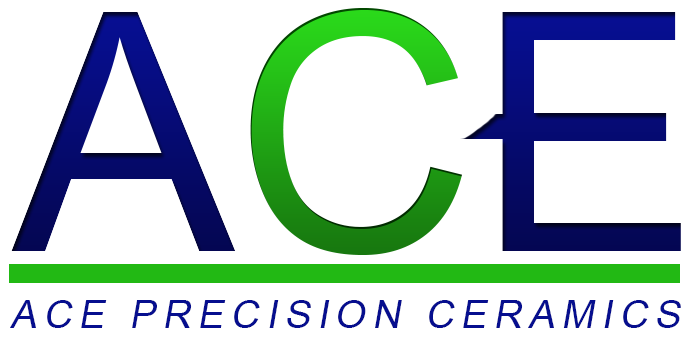Welcome to the blog of Advanced Ceramic Engineering Ltd, a leading manufacturer and designer of precision and technical ceramics in Northern Ireland. With over 40 years of experience in the field, we have established ourselves as a trusted name in the production and design of advanced alumina components.
At ACE, we specialize in alumina bodies for high-grade and purity alumina ceramics, also known as precision ceramics, technical ceramics, high-tech ceramics, engineered ceramics, and advanced ceramics. Our range of alumina materials has been developed to meet the diverse needs of industries such as electronics, aerospace, chemical processing, vacuum and semiconductor, pump and valve, medical, and more. We pride ourselves on delivering high-quality, customized solutions tailored to our clients’ specific requirements.
One of the key elements in our alumina ceramics is the use of additives, which play a crucial role in enhancing their properties. In this blog post, we will explore the role of additives in improving the performance and overall quality of alumina ceramic components.
To begin with, let’s understand what additives are and why they are used in ceramic production. Additives are non-metallic chemical elements or compounds that are added to a ceramic mixture to modify its properties. These additives can be in the form of powders, liquids, or gases and are typically blended into the raw materials before the forming process begins.
One of the primary reasons for using additives in ceramics is to improve the physical and mechanical properties of the materials. For example, our alumina components require high strength, hardness, and wear resistance to withstand the harsh conditions of industries like aerospace and chemical processing. Additives such as zirconia, magnesium oxide, and silica are commonly added to enhance these properties.
Furthermore, additives can also improve the processing and sintering properties of ceramics. In the production of ceramics, the mixture is subjected to high temperatures, and additives help in reducing the sintering temperature and time, thus saving energy and improving the manufacturing process’s efficiency.
Another significant advantage of using additives is that they can enhance the electrical and thermal properties of ceramics. For instance, the addition of titanium oxide can increase the dielectric strength and capacitance of ceramic components, making them suitable for use in electronic devices.
In addition to these functional properties, additives also play a vital role in improving the aesthetic appeal of ceramic products. By adding pigments or colorants, we can achieve different colors and patterns in our alumina components, making them more visually appealing and customizable for our clients.
At

